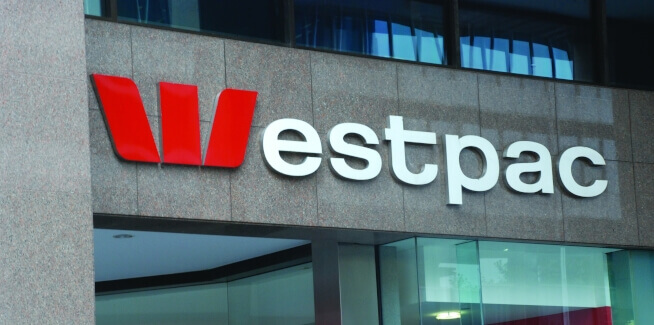Westpac Group – which includes Bank of Melbourne, BankSA and St.George Bank – has revised its residential lending policy as part of its ongoing response to heightened credit quality risks associated with the COVID-19 crisis.
The revisions include a temporary reduction to the maximum loan-to-value ratio (LVR) for self-employed applicants, and income shading changes, effective 17 May.
For self-employed applicants, Westpac has revealed that it will be lowering the maximum LVR to 80 per cent, with the exception of loans assessed under the Medico Sector Policy, where a maximum LVR of 85 per cent will apply.
The new maximum LVR will apply to both new owner-occupied and investment home loan applications with self-employed income.
Accordingly, under the new policy, self-employed borrowers will be temporarily excluded from receiving mortgage insurance.
Westpac claimed that the revision reflects the “impact that restrictions associated with the COVID-19 pandemic have had on self-employed workers”.
Moreover, the major bank has reduced the acceptable income threshold to 60 per cent across a number of non-base income types, including bonus, overtime, dividend and commissions income.
The threshold for superannuation, annuities, private pension and SMSF income has also been reduced to 80 per cent “where not evidenced as paid at a guaranteed value for life”.
These changes are the latest among several credit policy revisions from Westpac over the past month, which included the withdrawal of lender’s mortgage insurance waivers for the industry specialisation sector and the sports and entertainment industries.
Such changes have come in anticipation of a spike in loan defaults off the back of the COVID-19 crisis.
Earlier this month, Westpac released its half-year results for the 2020 financial year (1H20), in which its credit provisions totalled $5.8 billion, reflecting expectations of a 63 per cent spike in credit losses, from $2.74 billion in 2H19 to $4.47 billion.
As a result, Westpac posted a 70 per cent slide in cash earnings after tax to $993 million.
[Related: Westpac braces for 63% spike in credit losses]
 ;
;
